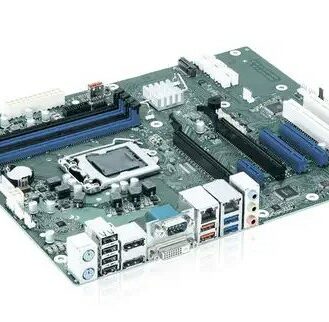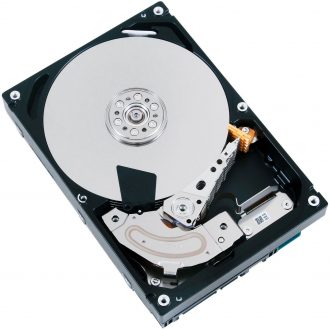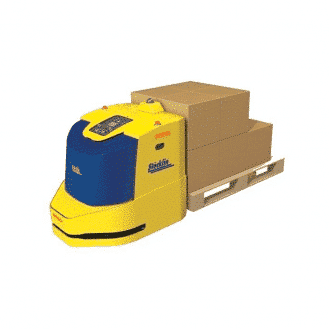
Delair fixed-wing drone
What distinguishes the different types of UAVs is their wings. They can be fixed-wing, rotary-wing or multirotor. Each type has advantages and is adapted to specific applications.
A fixed-wing drone has flat wings. This allows these drones to be better adapted to long distances, which they cover using less energy than rotary-wing drones. While the lowest end fixed-wing drones have a flight endurance of only a few dozen minutes, they remain the best placed in terms of endurance in general, and the most expensive models can last up to 24 hours. This is why we recommend this type of UAV for long missions such as mapping or agricultural spreading.
Fixed-wing drones are also faster than rotary-wing drones, so they can cover greater distances in the same amount of time. They can also fly at higher altitudes. All these characteristics make them suitable for collecting as much information as possible in one flight.
Fixed-wing drones can also carry heavier loads than rotary-wing drones. The fixed wing structure provides exceptional stability that allows the drone to carry loads of up to 50 kg.
This type of drone is also particularly easy to fly. However, it is important to remember that their wings do not allow them to hover.

Hélicéo rotary-wing drone
Rotary-wing drones operate like helicopters, so their greatest advantages are their vertical flight capability, which facilitates takeoffs and landings, and their hovering capability, which allows them to fly in narrow spaces and around obstacles. They are therefore suitable for inspection applications, for example machine and industrial plant monitoring.
Nevertheless, their flight endurance is lower than fixed-wing drones. Their short range and low speed will mean you will have to make several flights. Lastly, this type of drone requires complex and regular maintenance, due to its elaborate construction.
Multirotor drones are rotary-wing drones with several small-diameter rotors (usually four, six or eight rotors). Compared to single-rotor drones, multirotor models benefit from greater stability and self-stablizing hovering, which makes piloting them easier.
However, multirotor drones use more energy and are more sensitive to weather conditions.
There are also hybrid constructions (fixed-wing/rotary-wing) that exist. These UAVs have the advantages of both types: they are fast and stable, have long flight endurance and allow vertical takeoffs and landings. However, they are not intended to hover.








